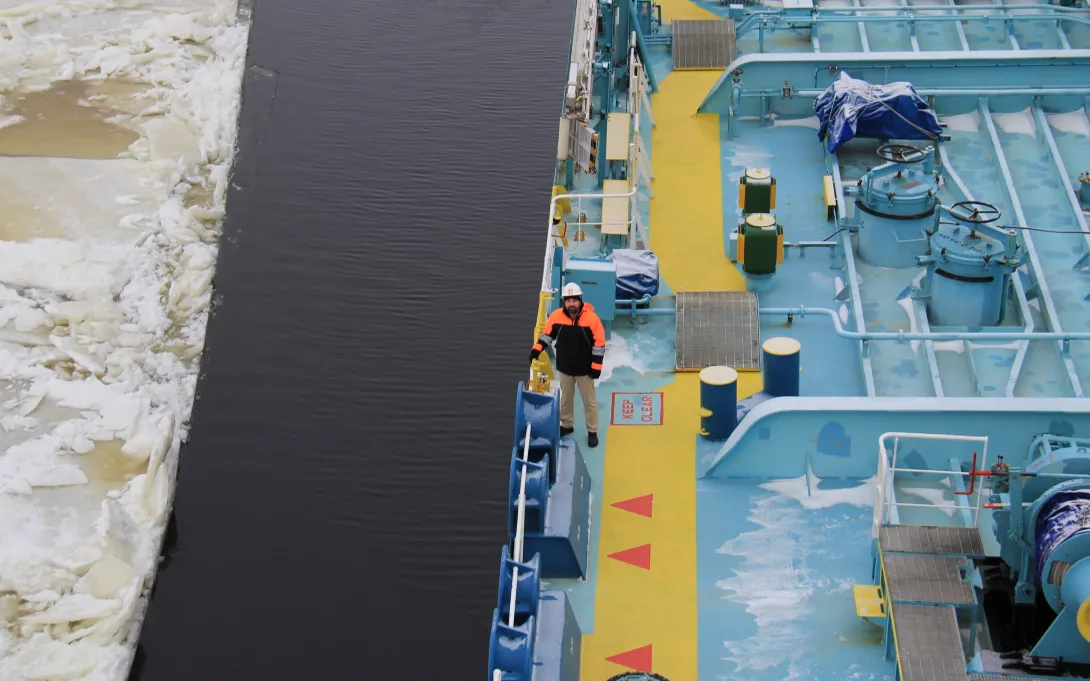Stories from the sea: why safety must be delivered through a top-down culture

In the early years of my career, the attitude towards safety and safety management systems was much different than today. People were looking at it like it was a set of folders full of check lists that required long hours of administration to complete.
I remember getting complaints from the crew about filling out a work permit for a task that they were able to do “with their eyes closed”, or having to put on personal protective equipment when the weather was “too hot”. People were taking shortcuts. The whole concept of “safety first” was perceived as an additional burden to make lives harder on board and nothing more than a statement posted on the wall.
Thankfully, we have steered away from those days and our industry has shown great progress over the years. Many shipping companies have improved the understanding of safety across their organisations. However, it is still difficult to say that it has become standard across the industry.
Safety is more than minimum compliance standards, it must be part of the culture
The industry is committed to following minimum compliance standards. This is very positive, but it is time to go beyond it.
Inspection and audit results are taken very seriously because they are important to keep the vessel commercially available in the market. Their function to identify non-conformities and safety gaps is not valued enough. Each inspection causes a lot of stress on the crew and the company. Many days are spent to make the vessel “ready” for the inspection. Perhaps this is where the focus needs to be. My view is, once the safety management is well established and followed, no additional effort will be needed to get “ready”, and the inspection results will reflect the same. It is all about the culture.
Of course, changing the mindset and establishing a safety culture is not an easy task. It takes a lot of time and requires commitment and effort from everyone involved. Support from management is a must. Without it, what crew can do is limited.
An honest and objective approach is the first step to identify gaps. Once this is done, an achievable path can be established for sustainable improvement. Continuous training of the staff, both on shore and on board, would be the most helpful way to speed up the improvement.
Real-world implications of the Safety Score
We are moving from Risk Rating to Safety Score. Over the past couple of years, we have received lots of feedback from the industry to improve transparency.
The Safety Score gives control to the vessel operators, with a focus on the performance of a vessel and technical management. Therefore, it is easier to understand and more transparent. It also provides a better benchmarking tool.
In the same way you would not judge an athlete on one performance, the Safety Score does not judge a vessel based on a single event or inspection result, but looks at performance over the last five years. This gives a more accurate picture to the users about the level of operational quality, the effectiveness of the safety management systems in place, and the progress shown over time. It also empowers our vetting process where we complement it with our shipping expertise. This way we provide the best possible recommendation to our vetting clients.
I believe the Safety Score will encourage the industry to review and improve safety management systems, invest more in crew training and human resources, and focus on solutions which provide more sustainable results. The ones that achieve this will enjoy avoiding losses, knowing their crew are safe, and will eventually yield a better safety score.